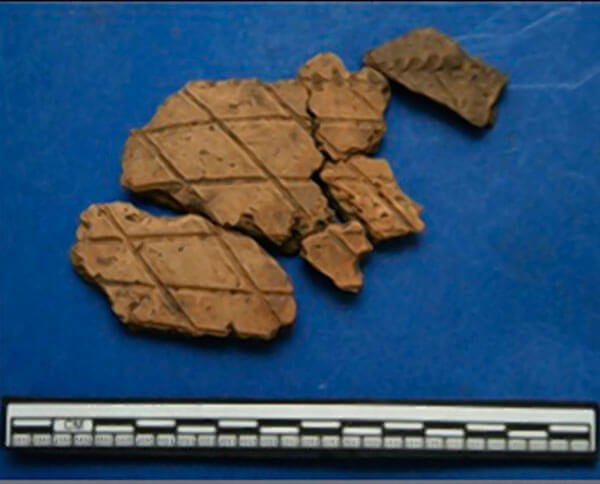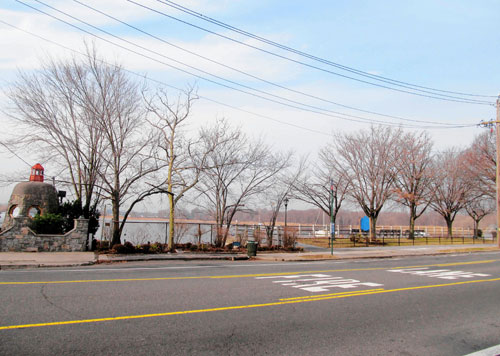A recent archeological discovery in a Bronx park has the potential to be one of the most important historical finds in the city’s history.
The recent discovery in Pelham Bay Park occurred during the construction of the Pelham Bay Waterfront Development Project, a project to improve pedestrian waterfront access.
Over 100 pieces of Native American artifacts were found and it is believed that they could be 1,800 years old.
According to the Landmarks Preservation Commission, the site was a multi-component Middle Woodland Native American semi-permanent encampment for resource gathering and processing, food preparation and stone tool refinement.
It is not yet known which Native American tribe or tribes are connected to the artifacts, which include ceramics, pottery and stone tools, among other findings.
However, according to Friends of Pelham Bay Park president Lizbeth Gonzalez, the belief is that the Algonquian, Unkechaug and Shinnecock tribes have a close relation to the tribe who used these archeological items.

“Since time immemorial and continuing to present day, the Algonquian peoples have lived along the coastline from the northernmost reaches of New England to south eastern New York, including Long Island,” said Gonzalez, who was highly interested in the discovery.
“Closest to (the Bronx and Pelham Bay Park), the Unkechaug and Shinnecock people continue to live on their traditional territories in eastern Long Island.”
According to Gonzalez, these traits are very similar and closely match with the tribe or tribes who made this area their home and possessed these artifacts.
“The extraordinary archeological discovery at Pelham Bay Park, which is over 2,500 acres, is a reminder to (Bronx residents) that we are not the first people to live here. In present day, many of us seek to honor this Native American legacy,” she added.
These recent findings in the Bronx are certainly jogging the memory of its residents that the land of the borough has a further history than when Swedish sea captain Jonas Bronck became the first settler in the Bronx in 1639 or when the Bronx was named one of NYC’s five boroughs in 1898.
The Landmarks Preservation Commission said that the artifacts recovered at the site will be stored in the New York City Archaeological Repository in midtown Manhattan, a central climate-controlled space that houses the city’s archaeological collections which is overseen by the agency.

Construction of the Pelham Bay Waterfront Development Project has been formally placed on hold while the site is protected by the Parks Department.
Both Friends of Pelham Bay Park and the LPC did not disclose the exact location of the find to avoid looting.
They encourage everybody to join them in safeguarding the location by avoiding even well-intentioned viewing or exploration.
The artifacts have since been covered up.





















